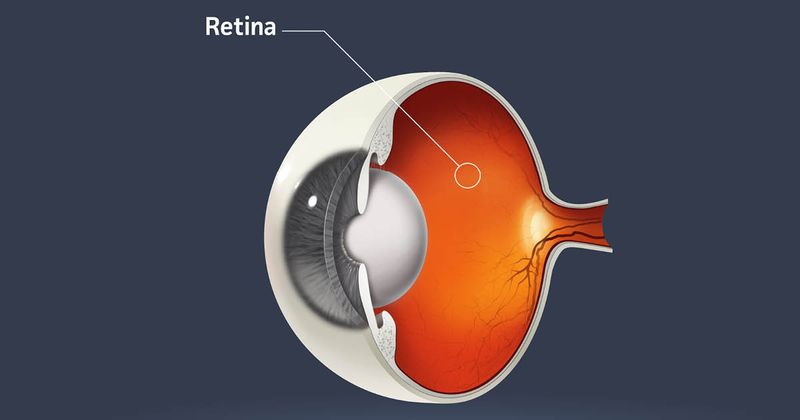Training needed for suprachoroidal drug delivery
Click Here to Manage Email Alerts
Specialists should take the time to learn how to perform suprachoroidal injections of triamcinolone acetonide to treat macular edema due to noninfectious uveitis.
At Angiogenesis, Exudation, and Degeneration 2023, Steven Yeh, MD, FASRS, said that this drug delivery method allows for specialists to inject directly into the suprachoroidal space (SCS) between the sclera and the choroid, which allows for a more targeted attack on diseased tissue.

Image: Adobe Stock
“This compartmentalization is the key to allow high levels of medication that are delivered therapeutically to the retina and the choroid while limiting these off-target regions of the eye, namely the anterior segment, with complications we all recognize, including elevated IOP and cataract,” Yeh said.
Phase 3 clinical trial data support the safety, efficacy and tolerability of suprachoroidal triamcinolone injections for macular edema treatment, and it is important to understand proper injection techniques.
Yeh said performing slower injections reduces pressure sensation from choroidal expansion.
“It is encouraged to administer a slow, steady injection over 5 to 10 seconds for this new drug delivery technique because of the potential expansion of the suprachoroidal space,” he said.
Yeh also recommended keeping the microneedle perpendicular to the surface upon insertion to maximize its length and dimpling of the conjunctiva to ensure spreading of the conjunctiva for a successful injection.
Additionally, 2% subconjunctival lidocaine can be used as an anesthetic, and an antiseptic technique should be used.
Training is available in Yeh’s clinic to incorporate these techniques into practice, and he encouraged specialists to take advantage of training resources available across the U.S.
“The preclinical data supports the favorable pharmacokinetics of SCS drug delivery with effective tissue targeting,” Yeh said. “Certainly, this tech is nuanced. ... This does require some training, and there are currently hybrid and hands-on training options that are available.”

